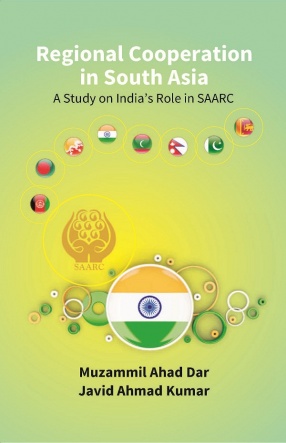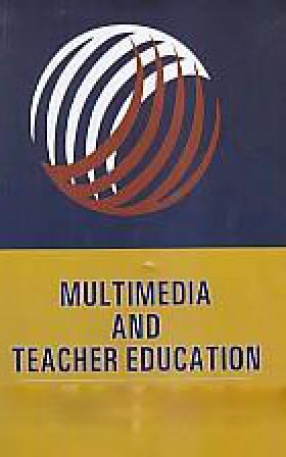This study is a humble attempt at weaving the diverse thread of available material in a coherent fabric. The facts have been scrupulously studied and presented with a sense of objectivity. It has been divided into five chapters.
The first chapter deals with the general introduction to the concept of regional organisations and examines the applicability of the same to the South Asian region.
The second chapter endeavours to present the picture of SAARC origin, growth, and its summit summary. Moreover this chapter deals with overall role played by India in the various SAARC meetings.
The third chapter deals with the impact of India’s hegemony on South Asia and its overall impact on the development and working of SAARC. This will also look into the fact how the small powers perceive about Indian hegemony and how it is going to effect the overall development of SAARC.
The fourth chapter deals with the factors and challenges that hinder the process of regional cooperation in the region. The factors that are likely to contribute towards promotion of peace and cooperation have also been explored. In this context the potential, prospects and role of SAARC for building bridges of understanding and speeding up process of cooperation has been fully discussed.
Finally, the chapter fifth sums up the main conclusions of the study and it also contains some suggestions , i f implemented, would prove help full in making the SAARC result oriented and also a successful regional organisation.





There are no reviews yet.